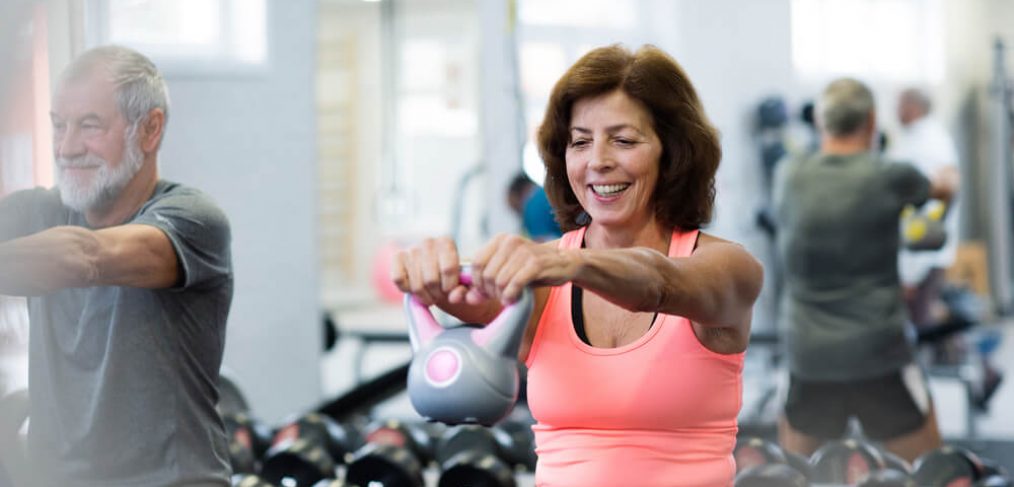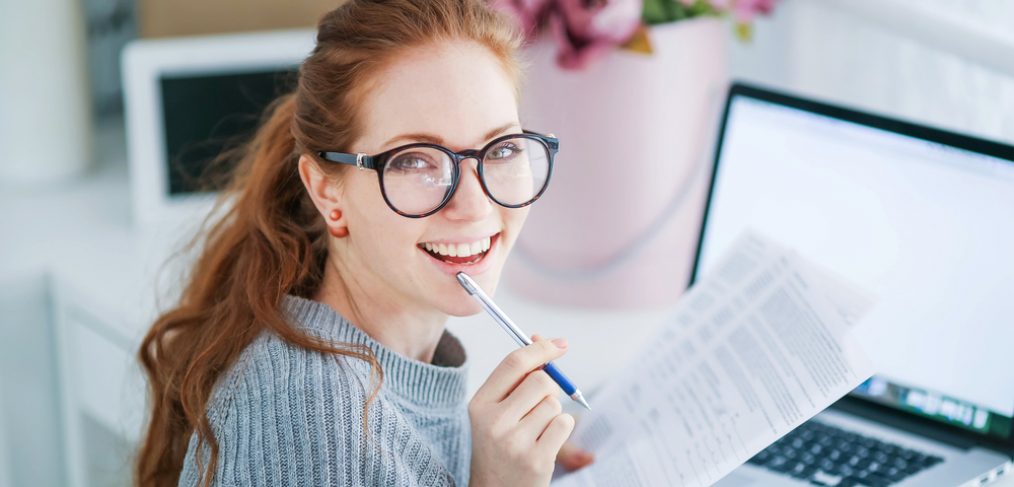These days there is a lot of emphasis on Extreme Exercise. With celebrity gym instructor singing the praises of the time saving high-intensity workouts and kick-starting metabolisms, it sometimes seems like the extreme is the routine. Sure, you can work at moderate levels of intensity, as long as you scale a hill at a full speed first thing in the morning. Exercise can be good, but pushing yourself too far may come with a few health setbacks, osteoporosis is one of them. Lots of women who have osteoporosis don’t know about it until they break a bone. Here are a few red flags that might help you figure it out a little sooner.
Too Much Exercise
Exercise is a good thing, right? Sure, but it turns out it can also be too much of one. Women who exercise too much are at risk of female athlete triad syndrome. The symptoms include an abnormal or absent menstrual cycle, decrease bone density and low energy. According to Fredrick Singer, Md, “Women are often a high school of college athletes who run 40 to 50 miles a week. If you run that much and don’t consume enough calories, you’re at risk for bone loss.”
However, what’s too much for one person, may not be excessive for another, so be sure to consult a doctor if you start missing periods. You may be able to get help from a fitness professional or nutritionist who can customize a diet and exercise program best suited to your needs.
You’re Very Thin
Very skinny women who stop menstruating can experience changes in hormones in the bones and brain, a condition which occurs frequently with eating disorders. Dr. Singer says, “When you lose an excessive amount of weight, a signal is sent to the hypothalamic area of the brain which shuts down the pituitary hormones, which in turn shuts down the ovaries.” How do you know when skinny is too skinny? If your body mass index,(BMI) is lower than 18.5, you’re too skinny.
Little Nightcap
If you’re drinking more than one to two glasses of vino per night, your bones may be paying the price. Health professionals say: stop at two. In fact,y you may want to have one or two. According to a 2012 study from Oregon State University, those one or two drinks may actually improve bone health, and reduce the risk of osteoporosis, especially in postmenopausal women.
You Binge Watch TV
What? “Orange is the New Black” is bad for your bones? Apparently, lying prone on the couch can lead to bone breakdown with a 24 to 48 hour period. Says Dr. Singer, “Total lack of weight bearing activity is one of the fastest ways to develop osteoporosis, which happens within months.”
While Singer isn’t suggesting you miss the finale of your favorite shows, he does recommend getting up when you can and says even brief periods of walking may help to prevent bone loss.
You Take Antidepressants
If you’re depending on SSRIs to keep depression at bay, you may want to pay attention to your bone health. A review of nineteen studies in Innovations in Clinical Neuroscience says these types of antidepressants can accelerate bone loss and affect bone mineral density. If you are taking SSRIs, you may want to explore other options with your doctor.
Do you think you may be at risk for osteoporosis? Let us know how you’re boning up and getting in shape to keep this “silent disease” away.






